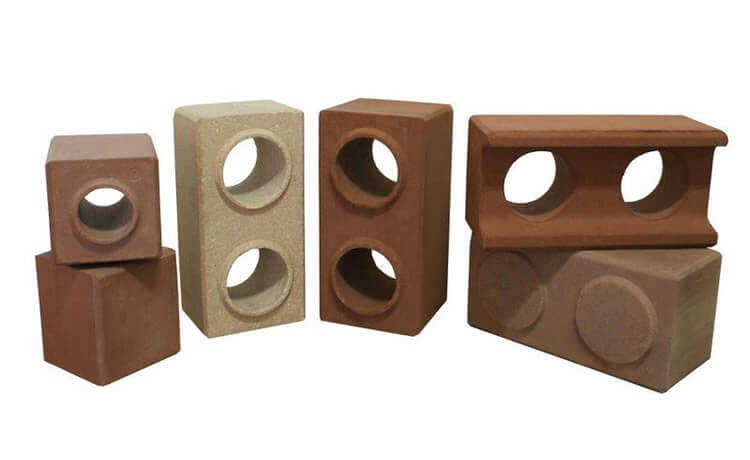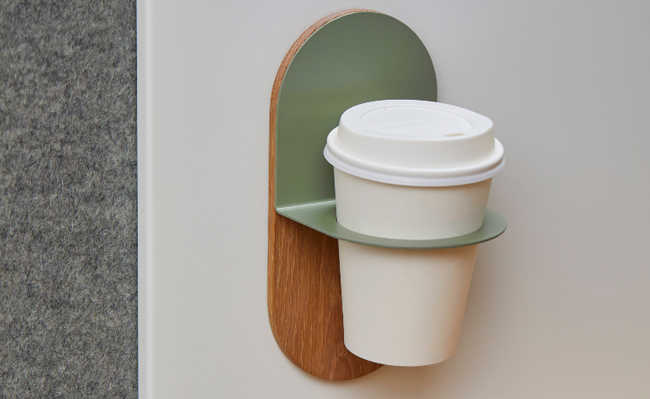What is retrofit?
Retrofit is a sustainable construction trend that provides the revitalization of old and historic buildings

Image of Gabrielle Claro on Unsplash
what is retrofit
Retrofit is a trend within the construction industry that has become very popular in recent years. The expression is part of the vocabulary of architects, builders and decorators. Retrofit emerged as a solution for abandoned buildings or in poor conditions of use, providing an extra life to spaces and preserving the historical heritage.
He refers to the renovation and updating of properties with the objective of seeking efficiency, while maintaining the intrinsic characteristics of the "retrofitted" location. For this, there is the adaptation and improvement of equipment and structures, due to the comfort and expansion of the possibilities of using an old building. Retrofit is capable of improving the quality of life offered by the environment, in addition to making it more sustainable.
Much more than a simple renovation, the retrofit extends the useful life of buildings and revitalizes them, while preserving the memory and allowing a rebirth of the property. It maintains what is good in the existing construction and adapts to current standards and requirements, using advanced technologies in building systems and modern materials. In this way, the architectural asset is reborn more modern and suited to contemporary needs.
Emergence of retrofit
The practice emerged in Europe, and is also widespread in the United States. Retrofit has growing importance due to the large number of historic buildings that need to be renovated for proper use, in compliance with legislation regarding the preservation of the architectural collection.
When it comes to preserving a heritage site, retrofit is a tool to update the building without compromising the memory and architecture of the site. However, the older the building, the more complicated and expensive the retrofit becomes. In some cases, retrofitting has a greater economic cost than tearing down the building and building a new one, but when it comes to cultural heritage, the historical value speaks louder and must be taken into account.
Some distortions and problems arise and accumulate over the lifetime of an installation; the retrofit is an opportunity to fix these issues. Consequently, there is an improvement in air quality, there is a reduction in operating costs, energy savings and property appreciation.
The need to carry out the retrofit is often due to outdated or damaged electrical or hydraulic installations. With the retrofit, current and more resistant technologies are used, in addition to new solutions for facades, circulation, fire protection, among others.
Difference between retrofit and renovation
The main difference between retrofit and renovation is that, in the first case, there is a concern to keep the original characteristics of the project. In addition, a retrofit project is usually more expensive, as it requires the hiring of specialized labor and greater attention to materials.
Another difference is that retrofit is used in the revitalization processes of large urban areas.
Retrofit Benefits
If properly planned, designed and executed, the retrofit can bring several benefits, including financial ones. The retrofit reduces maintenance costs, ensures compliance with regulations, increases the possibilities of using the site, reduces energy and water costs, among other factors. Energy savings can reach 40%. In addition to reducing costs, the retrofit also saves the environment, as it favors the building's sustainability, with the use of eco-friendly technologies.
A few simple solutions can ensure that the building becomes more efficient. If there is a lot of temperature heating in the room due to a window, installing a solar protection film may solve the problem. Thus, there is thermal comfort and a reduction in the need for HVAC systems.
Within the retrofit, a fundamental issue is the adequacy of lighting systems. It is essential to replace old lamps with more modern equipment, such as LED lamps, motion sensors, protective films that ensure thermal and luminous comfort, among other technologies that must be analyzed according to the building's needs.
Retrofit is not limited to buildings and constructions. It can also be applied in large urban areas such as parks and public spaces.
Retrofit Examples
The first example of retrofit is the Hotel Fasano, in Salvador. The original building, in style art deco, opened in 1930 and for 45 years housed some offices, including the headquarters of the newspaper A Tarde. Another example of retrofit in the city of Salvador is the Fera Palace Hotel, which opened in 1934 and reopened in 2017 after detailed restoration work.
In São Paulo, one of the most famous examples of retrofits is the Altino Arantes Building (now Farol Santander), inaugurated in 1947. After the last renovation, in 2017, it now houses a cultural space and a museum with the building's history.










